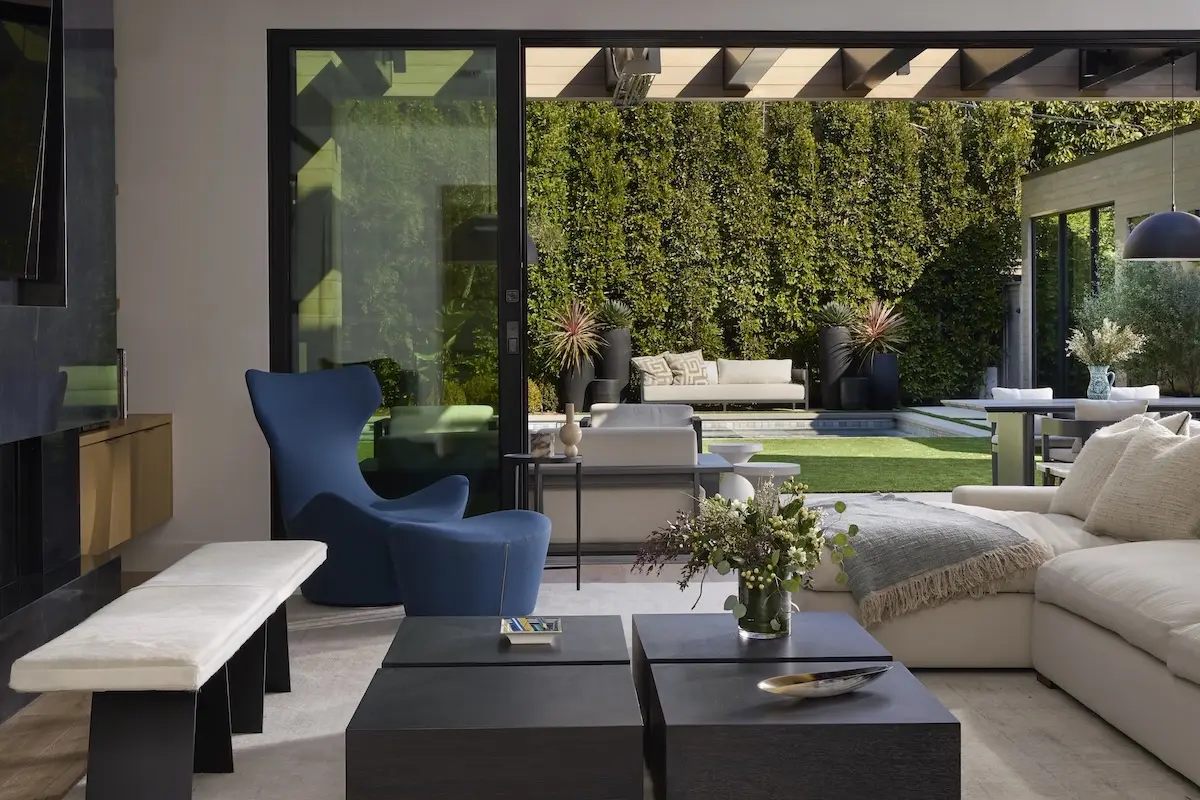5 Ways to Incorporate Modern Home Design Trends into Your Space
Modern home design is all about striking a balance between function and aesthetics. Whether you're renovating or simply looking to refresh a few rooms, incorporating modern design trends can transform your space into a stylish and comfortable haven. In this guide, we'll explore practical tips to help you breathe new life into your home with the latest design trends.
1. Embrace Minimalism for a Clutter-Free Home
Minimalism is a cornerstone of modern design, emphasizing clean lines and open spaces. By decluttering and choosing furniture with sleek profiles, you create a serene environment that feels spacious and welcoming. Opt for neutral tones and invest in pieces that serve multiple functions. This approach ensures that every element in your room is purposeful, contributing to the overall sense of calm and order. Consider integrating hidden storage solutions like built-in cabinets or under-bed storage to maintain the minimalist vibe while keeping essentials out of sight.
The art of minimalism isn't just about paring down your furniture and décor but also about curating meaningful spaces. Focus on enhancing natural light by choosing unobstructive window treatments and using mirrors strategically to reflect light and create an illusion of more space. As you clear out the unnecessary, you'll naturally gravitate towards more thoughtful, intentional interior designs that align with your lifestyle.
2. Incorporate Natural Materials for Warmth
Add warmth and texture to your home by incorporating natural materials like wood, stone, and leather. These elements not only connect your space to nature but also add a timeless appeal. Wooden beams, stone countertops, or a leather couch can each serve as focal points around which to build the room's aesthetic. The warmth offered by these materials balances the often-cool color palettes of modern design, ensuring your home feels inviting instead of stark.
When using natural materials, it's essential to think about sustainability. Opt for reclaimed wood or bamboo, which are not only environmentally friendly but also add character and history to your home. Try layering textures with jute or wool rugs over wooden floors for a cozy yet modern appeal. Remember, the key is to mix and match these materials thoughtfully to create a harmonious blend that feels both contemporary and grounded.
3. Highlight with Statement Lighting
Lighting can dramatically transform a space. Use statement fixtures like geometric chandeliers or industrial-inspired lamps to add a modern touch and set the mood in your home. Consider the function of each room when choosing lighting styles; for example, softer, warmer lighting works well in living areas, whereas task lighting could be more appropriate for kitchens or workspaces.
In addition to functionality, statement lighting pieces are fantastic for creating visual interest and emphasizing your design style. Large, bold light fixtures can act as art pieces in their own right. Look for designs that incorporate materials like metal or glass in creative ways, adding an extra layer of modern elegance to your home.
Exploring options with LED technology can provide both energy efficiency and design flexibility. Smart bulbs, for instance, can be programmed to shift colors or intensity throughout the day, adapting to different moods or activities within your home. They offer a sleek, future-proof way to incorporate cutting-edge smart home technology into your modern space seamlessly.
4. Use a Neutral Color Palette
Neutrals are key in modern design as they create a calming backdrop that allows decorative accents to shine. Whites, grays, and earthy tones offer versatility and sophistication to your decor. These hues are ideal for their ability to complement any number of textures and materials, from raw cement floors to smooth, glossy countertops.
To avoid monotony, use a variety of shades within the neutral spectrum, and mix dark and light tones for contrast. Incorporating materials like metal, wood, and fabric in natural colors will help to add depth without disrupting cohesive visual flow. Take advantage of open-plan living spaces by aligning walls and furniture in similar palettes to create a sense of continuity throughout your home.
5. Focus on Open-Plan Living
An open-plan layout fosters easy flow between spaces, ideal for modern living. It encourages interaction and can make even smaller areas feel larger and more inviting. By integrating your kitchen, dining, and living areas into one cohesive space, you not only increase functionality but also streamline the aesthetic of your home.
To define areas within an open-plan space without disrupting the visual flow, consider using rugs, distinct lighting, or even furniture arrangements. Opt for lower furniture to maintain clear sightlines and enhance the openness of the area. Introduce elements like half-walls or shelving units to subtly delineate spaces while keeping the overall design light and breezy.


